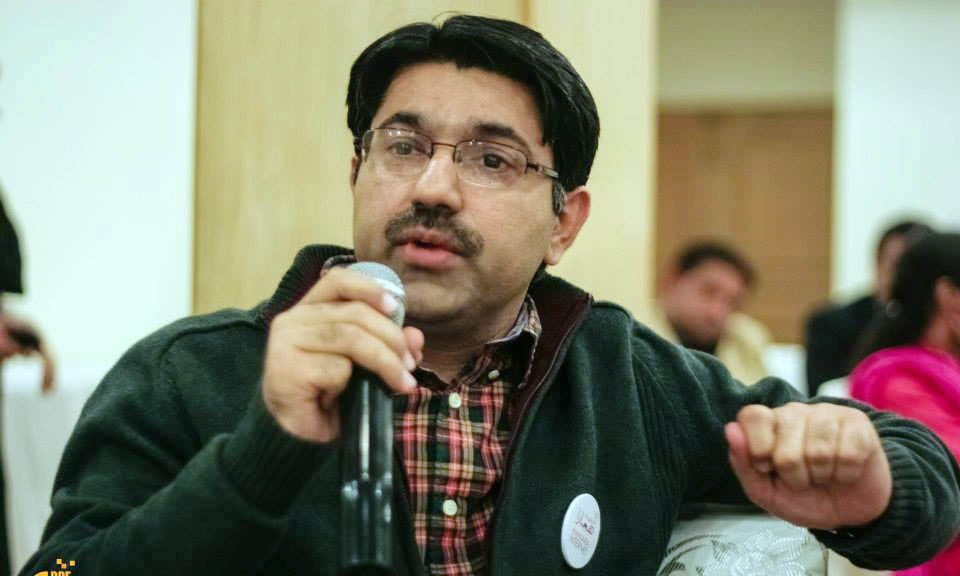
Analyst and researcher Adnan Rehmat gives a critical account of the state of radio in Pakistan

On the issue of outreach of radio in Pakistan and whether it has spread over the years, Adnan Rehmat says. "According to 2011 study, an average listener in Pakistan tunes in to 2.8 stations while listening to radio. According to Pemra, 140 million people in Pakistan have access to radio, though actual listeners may number less," he points out, adding, "Of the two types of radio, FM has local coverage and AM a national broadcast footprint."
He believes radio has been and is an effective medium in educating its listeners in Pakistan, "Education is a relative term. Radio in Pakistan has a good history of educating, more in an informal way. It is more adept at focusing on specific demographic groups compared to TV and newspapers which aim for a common denominator."
He focuses on the relevance and accessibility of radio to the common man, "Radio offers more community focused information - ‘news you can use’ by making an effort to establish relevance of information to the listener. Radio is also a more accessible medium as it doesn’t demand full time attention."
About radio’s capacity to entertain its listeners, he says "Radio is constrained by its nature not to be theatrical and so can at most do so only by music and comic relief." And how does radio do that? "It does so remarkably well through creating local characters, such as the ones like Nikka Raja on FM 89.4 - a character that dispenses folk wisdom as a ‘wise fool.’"
He thinks FM radios have left an impact on the listeners. "FM radio was introduced in Pakistan in the late 1990s but really became popular in mid-2000s with the young its mainstay consumer -- the two-thirds of Pakistanis under 25 who neither read newspapers nor watch TV talk shows."
Rehmat also sees radio as an agent of bridging divides, "Radio has managed to bridge many divides -- the rural-urban, the affluent-poor, the educated-illiterate - catering to all shades of Pakistan’s multi-national, multi-ethnic, multi-cultural, multi-linguist pluralisms. It talks to everyone everywhere -- a person driving a car and a mason laying bricks are listening to the same FM radio channel."
Read also: "Reason behind radio’s success is its mobility," says former DG Radio Pakistan Murtaza Solangi
He points to restrictions on the freedom of expression and censorship on radio. "There are functional restrictions. Pemra is much more stringent on radio, which is much more believable and therefore influential on its focused audiences locally, than it is on TV, which struggles to retain its seriousness while dealing with a much less focused audience."
He criticises Pemra’s role, "Even though Pemra’s preamble emphasises information for consumers, for the first few years it enforced a ban on radio doing news. It is only after efforts by pioneers such as FM99 in Islamabad which took Pemra to court that a culture of news on radio evolved. Now a third of FM stations do news," he says, adding, "Then take Fata. Because Pemra’s jurisdiction does not extend to the region, its 5 million people are forced to choose between the exaggeratedly patriotic army-run stations or the downright malicious ‘mullah radio.’ This is censorship by technicality."
He laments the lack of training of the FM staff and the quality of their programmes, "Most FM stations don’t care. Since radio pays the least it does not attract the best of talent. They need talking heads, chatter boxes and actually benefit from lack of training by staff who can reflect local colloquial flavours that employ language with innuendos and double entendres."